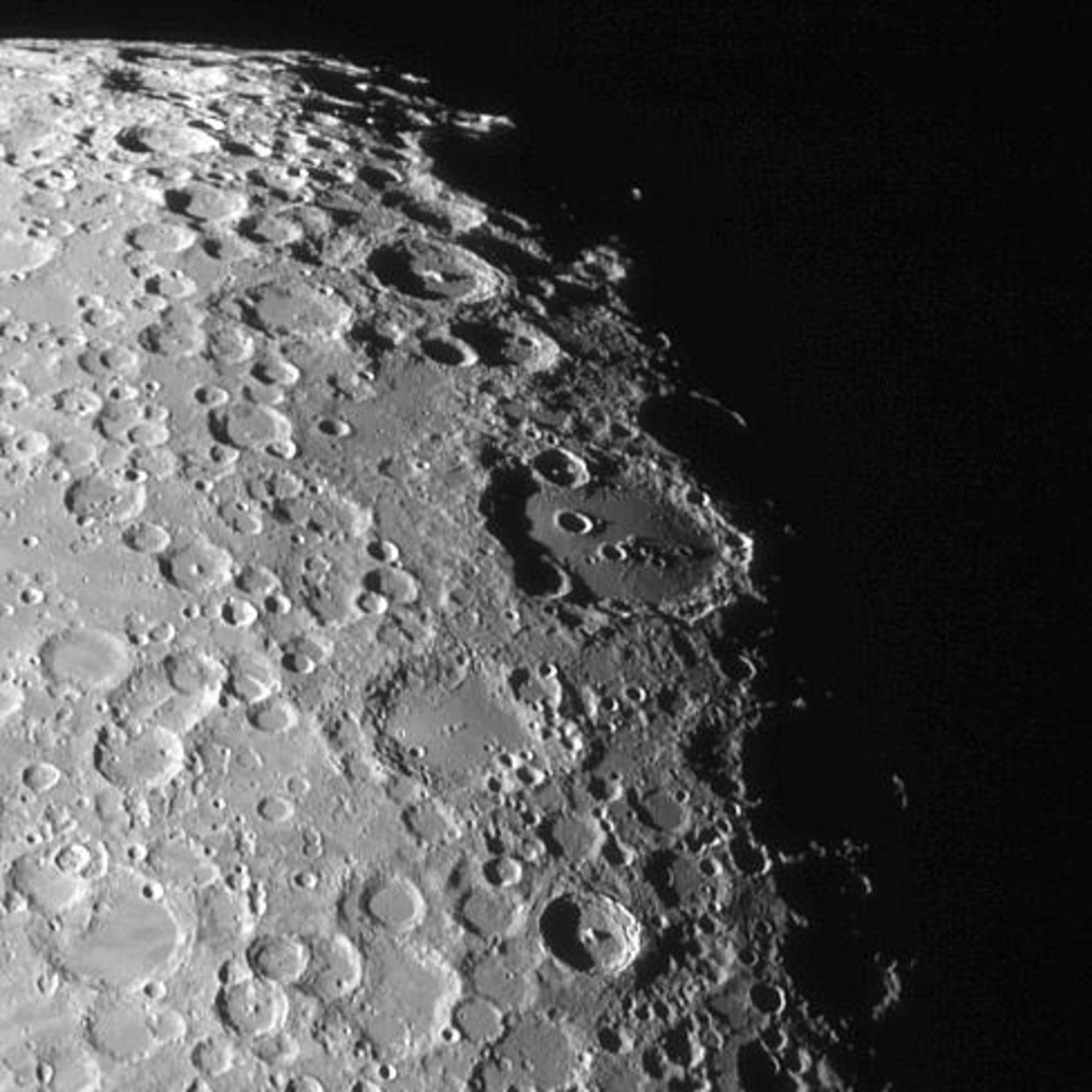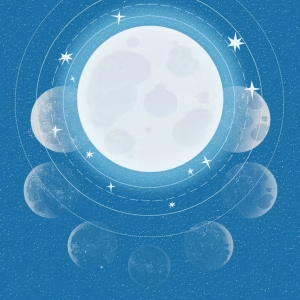A new asteroid that could potentially strike Earth in 2032 was discovered on Dec. 27, 2024. The asteroid, named 2024 YR4, has an estimated diameter between 40 and 90 meters and belongs to the Apollo group of Near-Earth Objects (NEOs). According to NASA and ESA calculations, there is a 2.3% chance of this space chunk hitting Earth on Dec. 22, 2032.
Although the probability of impact seems small, this discovery has alarmed scientists worldwide. What does this mean for Earth? What can we do to prepare? And how great is the actual risk?
What do we know about asteroid 2024 YR4?
Origin and job
Asteroid 2024 YR4 follows an orbit that crosses Earth. This type of asteroid, an Apollo asteroid, has an orbital period of 4.05 years around the sun. The asteroid was first observed by the ATLAS project in Chile, a network of telescopes that monitors celestial bodies that pose a potential risk.
Measurements and computer models from NASA's Center for Near Earth Object Studies (CNEOS) indicate that the orbit of 2024 YR4 could potentially endanger us in 2032.
Want to explore the universe yourself and learn more about asteroids? With a smart telescope, you can capture real-time images of the night sky and even track moving celestial bodies. View our range of telescopes! 🌌🔭
How can scientists predict whether an asteroid will hit Earth?
Predicting a possible impact of an asteroid such as 2024 YR4 is a complex process that uses advanced technology and mathematical models. Scientists calculate an asteroid's orbit based on several factors:
- Observation of the job - Once an asteroid is discovered, astronomers follow it for several nights with telescopes to accurately map its movement.
- Gravitational influences - The gravity of planets, the sun and even other asteroids can cause small changes in orbit. Scientists take this into account in their calculations.
- Computer simulations - Supercomputers generate millions of scenarios to calculate how the asteroid will move in the coming years.
- Risk assessment with the Torino scale - The impact probability is expressed as a number on the Torino scale, which classifies the danger of an asteroid from 0 (no risk) to 10 (catastrophic impact).
How are asteroids discovered and tracked?
The discovery of new asteroids such as 2024 YR4 is done by automated telescopes and specialized observatory programs around the world. Some of the main systems and methods for detecting asteroids are:
🛰 Space telescopes and observatories
- NEO Surveyor (NASA's upcoming mission) - A space telescope specifically designed to find dangerous Near-Earth Objects (NEOs).
- ATLAS (Asteroid Terrestrial-impact Last Alert System). - This network of telescopes in Hawaii and Chile scours the sky for fast-moving objects.
- Pan-STARRS (Panoramic Survey Telescope & Rapid Response System). - This system detects objects in space and tracks their orbit.
🔭 Earth-based telescopes and astronomical networks
- Catalina Sky Survey - An observatory dedicated to finding dangerous asteroids.
- ESA's Flyeye Telescope - A telescope designed to systematically scan the sky for unknown space rocks.
- Amateur astronomers and citizen science projects - Even amateur astronomers can contribute to asteroid detection by passing on observations to professional astronomers.
Want to contribute to discovering asteroids yourself? Start with your own telescope and go exploring! View our assortment here! 🚀
What would happen on impact?
Energy and impact power
Should 2024 YR4 hit Earth, the energy released is estimated to be between 5 and 20 megatons of TNT. This is comparable to the Tunguska explosion in 1908, in which an asteroid of about the same size destroyed an area of 2,000 square kilometers of forest in Siberia.
If the asteroid were to explode over an urban area, such as Paris, New York or Tokyo, the consequences would be catastrophic.
What is being done to reduce risk?
NASA and ESA are closely monitoring the asteroid. Possible strategies to deflect 2024 YR4 are:
🛰 Kinetic impact - Making a space probe collide with the asteroid to change its orbit. 🛸 Gravity tractor - Positioning a spacecraft near the asteroid to gradually change its orbit. 💥 Nuclear explosion in space - Detonate a nuclear charge at a safe distance to deflect the asteroid.
Would you like to see for yourself how NASA Studying asteroids? Use a smart telescope to image the night sky and possibly even asteroids. Check out the best options! 🌠
Conclusion
Asteroid 2024 YR4 is a reminder of how vulnerable our planet is to cosmic events. Although the probability of impact is small, it proves that monitoring and planetary defense are essential for humanity's future.
Scientists continue to monitor the asteroid's trajectory and work on possible defense strategies. One thing is certain: space is and will remain unpredictable, but with the right preparations, we do not have to watch helplessly.







